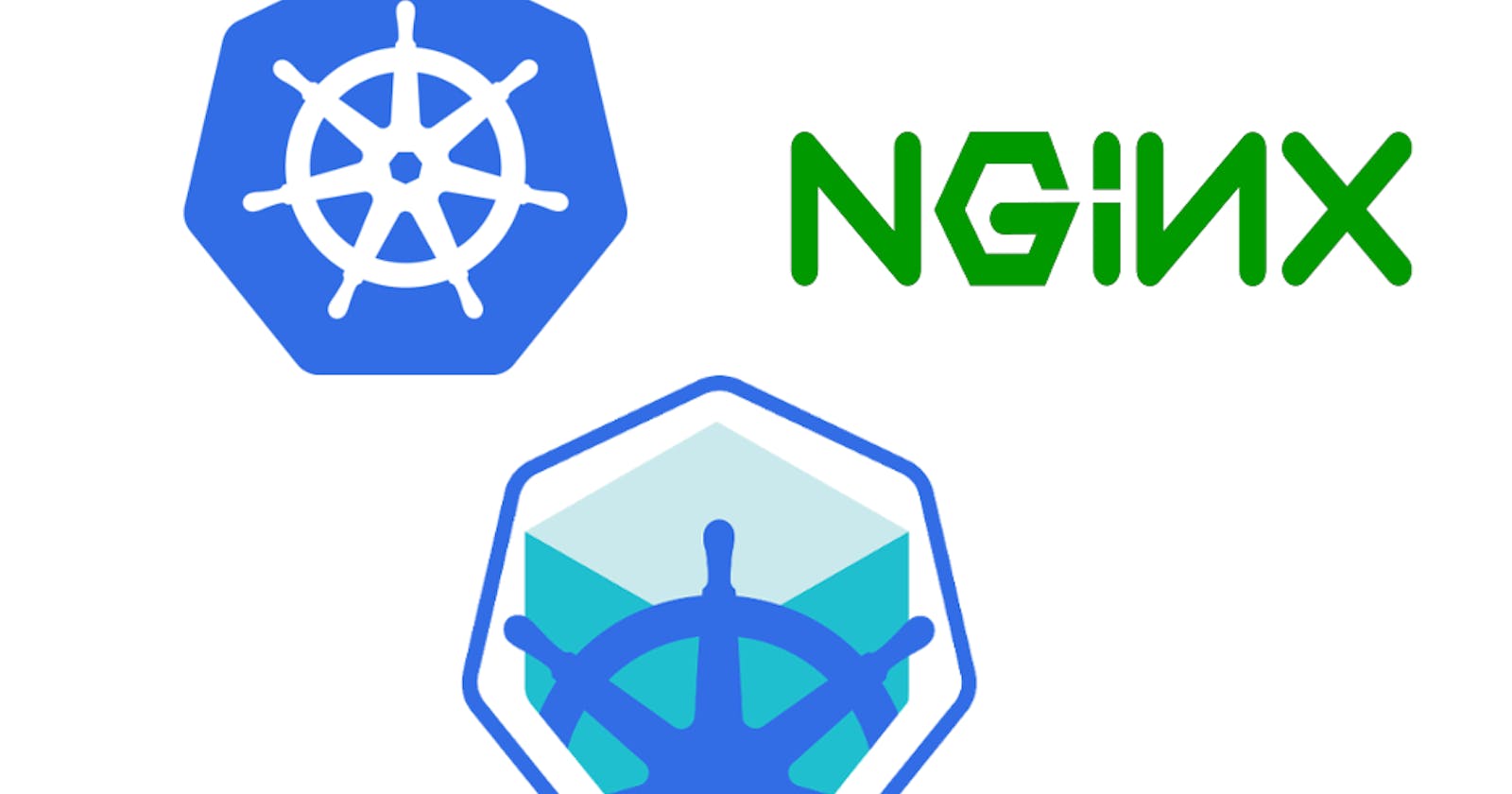In the rapidly evolving landscape of container orchestration, Kubernetes stands out as a powerful platform for managing containerized applications at scale. At the heart of Kubernetes lie concepts like containers, pods, and tools like kubectl and Minikube. In this comprehensive guide, we'll explore the distinctions between containers and pods, dive into the essentials of kubectl and Minikube, and walk through the process of creating and writing your first pod while uncovering the advantages they offer.
1. Container vs. Pod:
Container: A container is a lightweight, standalone, executable software package that includes everything needed to run an application, including code, runtime, libraries, and dependencies. Containers offer isolation, portability, and consistency across different environments.
Pod: A pod is the smallest deployable unit in Kubernetes and represents one or more containers that share networking and storage resources, as well as the context of the application lifecycle. Pods enable co-located and tightly coupled application components to interact with each other, facilitating communication and resource sharing.
2. What is Kubectl and Installation:
Kubectl: Kubectl is the command-line tool used to interact with Kubernetes clusters. It allows users to deploy applications, manage resources, and monitor cluster status using simple commands.
Installation: Kubectl can be installed on various operating systems, including Linux, macOS, and Windows. Installation instructions can be found on the official Kubernetes documentation website (https://kubernetes.io/docs/tasks/tools/install-kubectl/).
3. Minikube Installation:
Minikube: Minikube is a tool that enables users to run a single-node Kubernetes cluster locally for development and testing purposes. It provides an easy way to experiment with Kubernetes features and workflows without needing access to a production-grade cluster.
Installation: Minikube can be installed on different operating systems using package managers or by downloading the binary from the Minikube GitHub repository (https://github.com/kubernetes/minikube).
4. How to Create a Pod:
Creating a pod involves defining a pod manifest file in YAML format, which specifies the pod's metadata, containers, volumes, and other attributes. Here's a basic example of a pod manifest file:
apiVersion: v1
kind: Pod
metadata:
name: my-pod
spec:
containers:
- name: my-container
image: nginx:latest
To create the pod, you can use the kubectl apply command with the pod manifest file:
kubectl apply -f pod.yaml
5. How to Write Your First Pod:
Writing your first pod involves creating a YAML file with the necessary specifications for the pod. In the example above, we created a simple pod named "my-pod" with a single container running the Nginx web server.
6. Advantages of Pods:
Flexibility: Pods support multi-container applications and enable containers within the same pod to share resources and communicate with each other efficiently.
Resource Management: Pods abstract away the complexities of managing individual containers and provide a unified abstraction for resource allocation, scheduling, and scaling.
Network Isolation: Pods share a common network namespace, allowing containers within the same pod to communicate using localhost, simplifying networking configurations and enhancing security.
Lifecycle Management: Pods encapsulate the application lifecycle, including initialization, health checks, and termination, enabling coordinated management and monitoring of application components.
In conclusion, understanding the nuances of containers, pods, kubectl, and Minikube is essential for navigating the Kubernetes ecosystem effectively. By mastering these foundational concepts and tools, developers and operators can harness the full potential of Kubernetes to build, deploy, and manage modern containerized applications with ease and efficiency.

